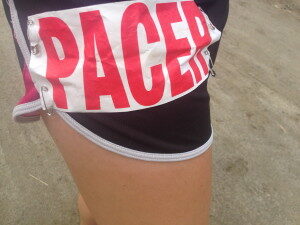“A teachable spirit and a humbleness to admit your ignorance or mistake will save you a lot of pain. However, if you’re a person who knows it all, you’ve got a lot of heavy-hearted experiences coming your way” ~ Ron Carpenter Jr.
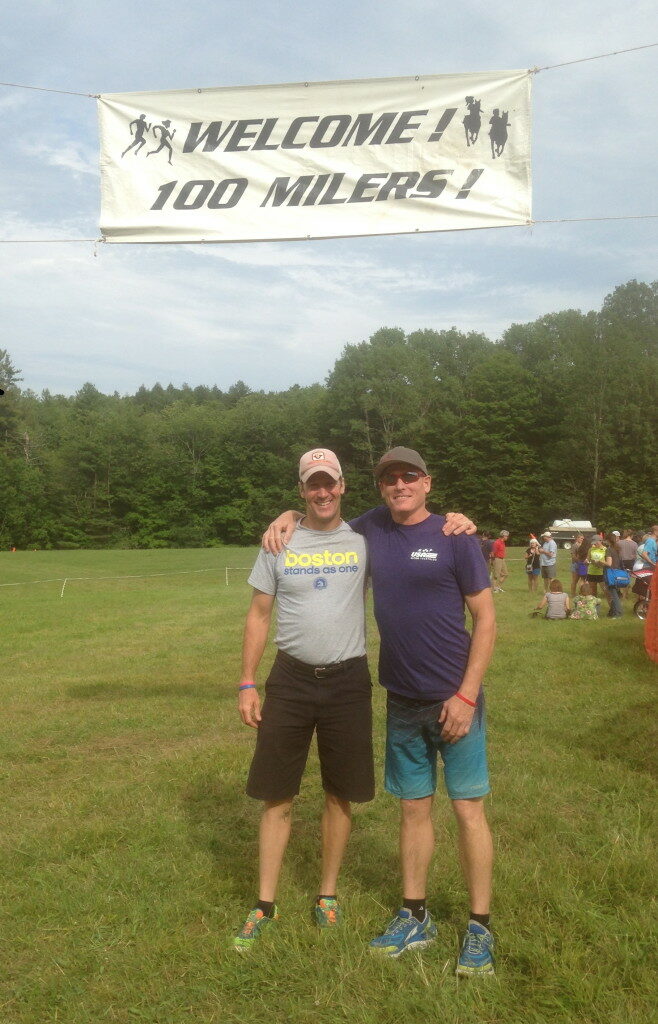
This race report begins with my preparation for the race and learning from the mistakes I’ve made in the past. The success of my day was mostly about the months I spent training leading into it.
Let me start by backtracking a few years. I raced the Vermont 100 in 2013 and in 2014. Both years, I finished, and I am grateful for that. My cardiovascular fitness was fine in past years, but muscularly and structurally, I could not hold it together the last 20-30 miles.
This year, I vowed to myself to do what was necessary to avoid this breakdown from happening again. I had to find a way to get more durable.
Mountains are calling
In the past two years of running the VT100, my primary downfall in the final 20-30 miles was the downhill. My quads would give out on me, and I just couldn’t run the downhills, causing me to lose a lot of time. So, this year, I focused on downhill training and strengthening my legs to prepare for the the downhill assault.
Here were some of my key training sessions:
- January 2015 – I winter hiked Algonquin and Cascade mountains in the Adirondacks.
- January/February 2015 – I trained for and completed Florida Double (not vertical training, but key for endurance building)
- April 2015 – I ran Rim 2 Rim 2 Rim in the Grand Canyon
- May 8th-9th-10th-11th 2015 – I ran the Presidential Traverse and double summits of Mt. Washington in New Hampshire.
- May 28th 2015 – I ran 105 miles at Infinitus 72 hour race in Vermont
- June 19th 2015 – I ran and summited High Point, on the Appalachian Trail in New Jersey.
- July 3rd 2015 Run – I hiked Mt. Marcy and Algonquin in the Adirondacks.

All told, this was thousands on top of thousands of feet of climbing, and more importantly for my areas of weakness, descending. This time I spent on vertical terrain was the missing link from the past few years. Along with the mountain time, I added more strength training and core than in previous years.
Training for ultra-distance triathlon and ultra-running over the last few years has been stressful to say the least. In previous years, I found myself checking boxes on Training Peaks and not enjoying the process. This year, I needed to get as durable as possible without running myself into the ground–mentally or physically. How best to do that?
I did not know it at the time but the answer was in that big inverted mountain called the Grand Canyon.
One month after the Florida Double Anvil (double iron distance triathlon), Maria and I, along with our friends Vince and Tom, ran from the south rim of the Grand Canyon to the north rim and back again. This 48ish-mile adventure is commonly referred to as Rim2Rim2Rim. To say I enjoyed this experience is a massive understatement.
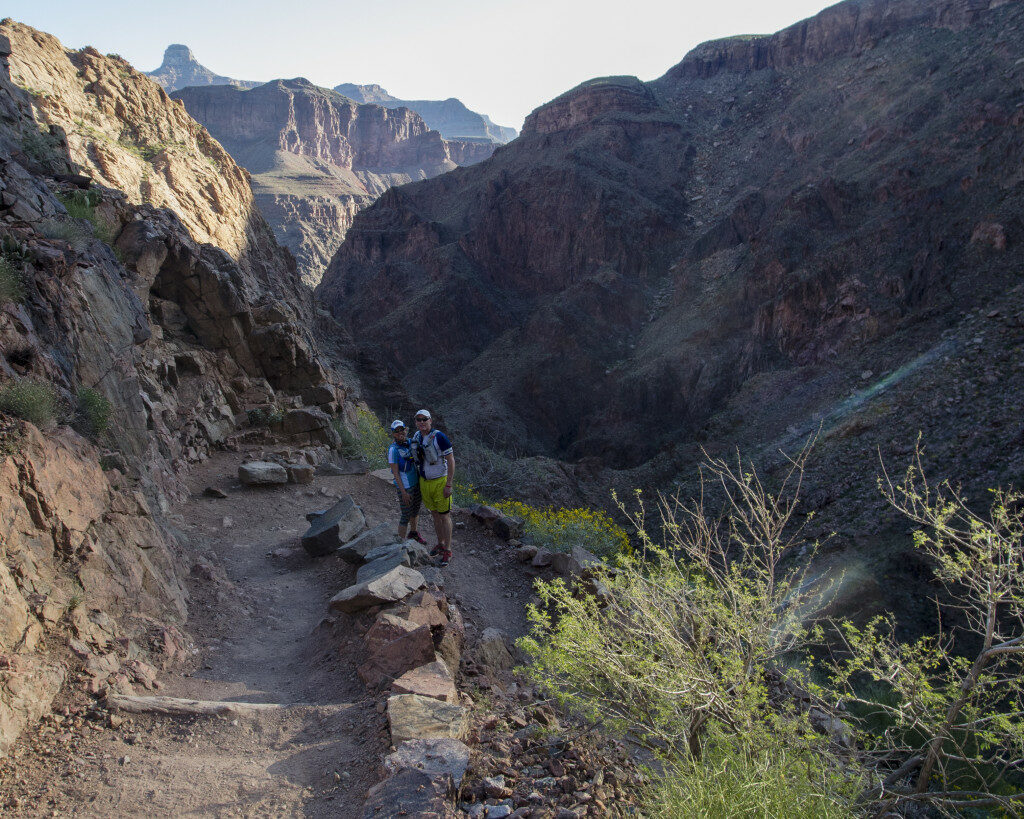
After getting back home I knew I had to find a way to make my big days or long runs fun again–just like the R2R2R adventure. If not, I would just be checking boxes and risking burn out.
So, I devised a plan for the VT 100 that looked like this: My weekly runs would include hills (bridges if running locally), getting away as much as possible to get on real vertical, dragging a tire around town, swimming, and some bike rides. My biggest week going into Vermont would be at the Infinitus 72 hour run in Vermont, which was a 115-mile week. However, this volume turned out to be a little too much for me, and set me back a week or so due to overuse issue with my ITB.
I realize many of us cannot get away to mountains as much as I did, but if you are training for an aggressively hilly race, you need to find a way to prepare for that specific (and punishing) terrain. When I couldn’t travel, that included repeats on bridges, the tire pulls, leg extensions, squats and the like.
With respect to my travel for training, I had to manage budgets and work to make sure I could get away. So, most of the trips were quick weekend getaways, spent in a tent (yes, even in the winter) to save money on travel expenses. My parents and Maria helped me by looking after the farm while I was away. And, the chores around the house didn’t always get finished. So, yeah, my grass might have gotten a little too tall.
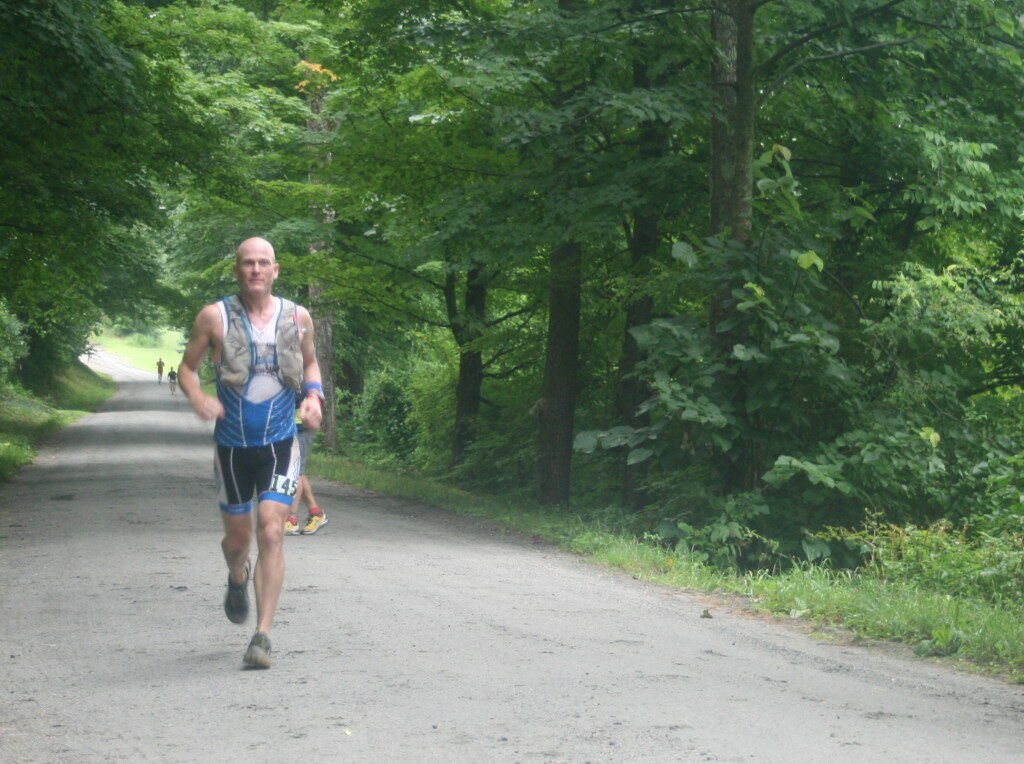
Bottom line: If you have a goal, you will find ways to work toward it.
The Race Strategy
The vertical training was a very important component in this year’s Vermont 100 but equally important was my pacing strategy.
For the first 50-60 miles, my strategy was whoa nelly! I would hold back on my pace in order to have a more consistent effort across the course. In the previous years, I went out too fast, thinking I could bank time while temperatures were cooler. In both 2013 and 2014, this was not an effective strategy.
So I planned to be more cautious with my pace from the start. I ran all the runnable sections but I did not allow my heart rate to become anaerobic. I ran the downhills but easier than in previous years, saving my quads for the last 30 miles. It wouldn’t matter how fast I ran the first 70 miles if I couldn’t run the last 30.
At mile 70, you are allowed to pick up a pacer for the last 30 miles. Maria–a.k.a. Midget Tank/Plow Horse–would assume this duty, and I was looking forward to running with her. Around mile 76ish, I wanted to take some walk breaks, so she started her assessments of me. I knew it was coming. Here is the exchange as I remember it:
“Like I should at this point,” I said.
“Are you injured? Any bad pain?” she asked.
“Nope. Just the normal stuff you get at this point,” I responded.
“You’re on pace to get your goal,” she said softly.
I responded, tired and not wanting to be pushed, “I don’t give a sh*t about that anymore. We are going to go sub-24 that’s all that matters.”
Very calmly Maria said, “Yes you do care about your goal. You are just low on calories!”
I wanted to protest–and I may have for a minute. But, I thought about it. She is right. So, I slammed a double caffeinated gel. Around 10 minutes later I was back in the game.
“You ready to go do this?” She asked.
“Yup.” And we were off. We ran the remaining miles (with the exception of big climbs) all the way to the finish. It hurt, but it was worth it to get my goal.
“Running a 100 miles is like living a life time in one day.” ~Unknown
Around 85 miles into the race, I remembered hearing Patrick Evoe, a previous winner of Ironman Louisville, give a speech. He mentioned during the last 10k of his race someone yelled to him: “Don’t wake up tomorrow and regret not going for it now.”
It was decision-time. Settle for a finish or go for my goal of a sub-20 hour finish. It’s the choices we make when things get the most challenging that matter the most. Those edges, those very dark places in our minds can break us down to our core. That’s the moment when you find out what you are made of.
Why on earth would anyone want to experience that sensation of reaching a potential breaking point? Even though we think we feel like death, if we take a deep assessment of how we feel, we realize we are very much alive. Embracing that moment is precisely where the joy in racing and training is for me.
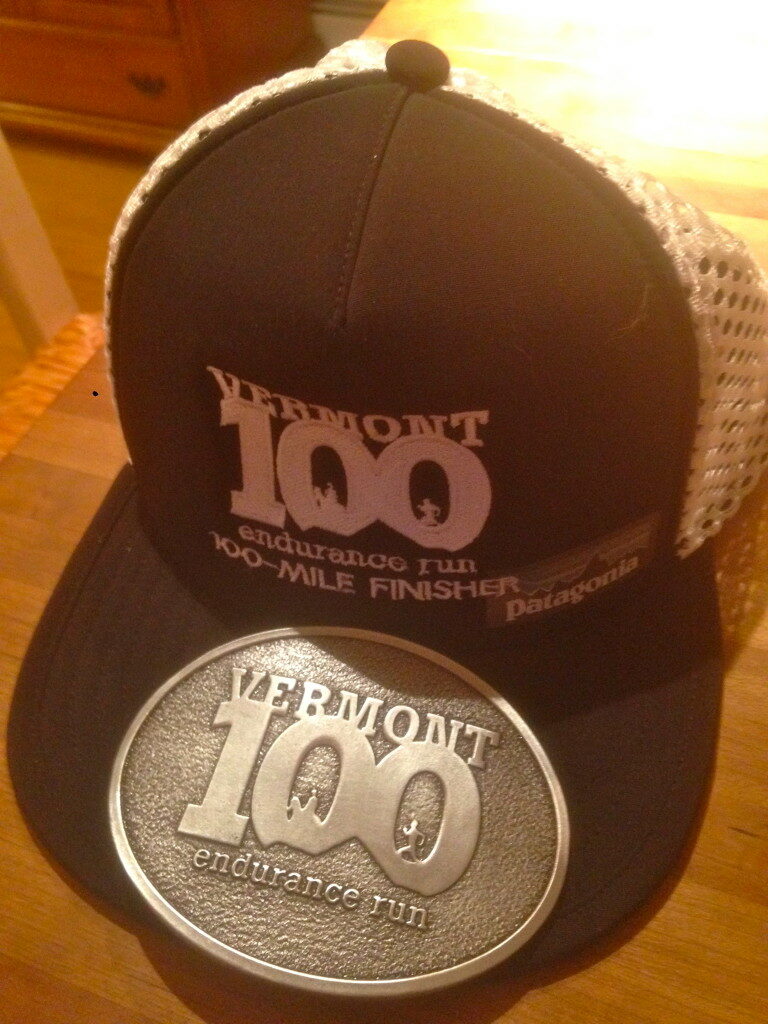
Maria and I crossed the finish line 19 hours and 33 minutes after I started. In that moment, I knew I had made the right choices in training and in staying disciplined in the early miles of the race. It’s hard to race by holding back, but I had to trust my training and trust my strategy. In the end, it was the right approach for me.
*~*~*~*~*~*~*~*~*~*~*
Congrats to everyone who toed the line–whether you finished or not. You inspire me. Most people will never experience these type of difficult situations that we put ourselves in.
Big congrats to my friend Eric Schrading on nailing his first 100 miler with a well-below sub 24 hour finish. (For those of you who may not know, the sub-24 hour finish is a special mark in the race, and it also qualifies finishers to enter the lottery for the Western States 100. The Western States is to 100 mile running what Boston is to marathon running.)
Thanks to my friends for all of the support on Twitter and Facebook. Most importantly: thanks to Mom, Dad, and Maria. Love you guys!

